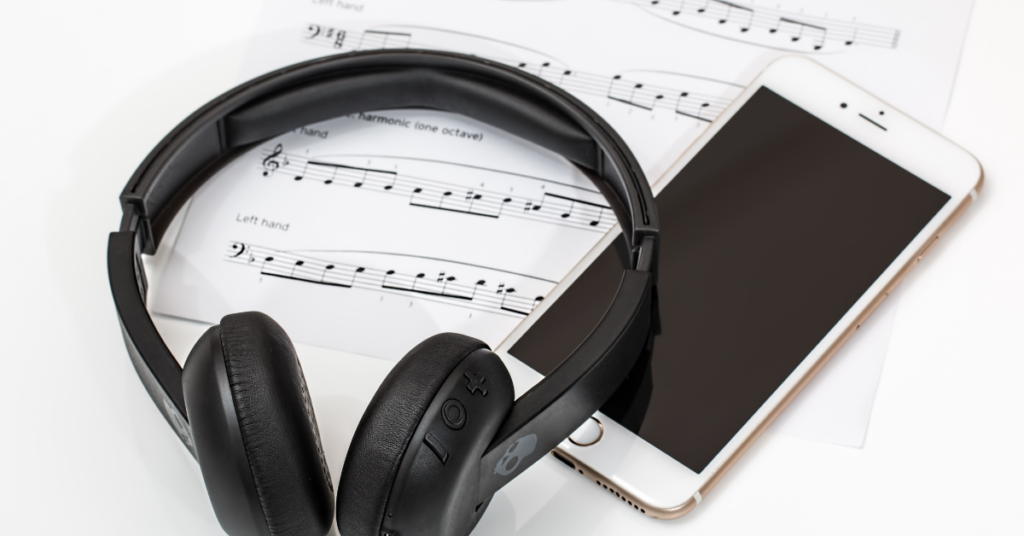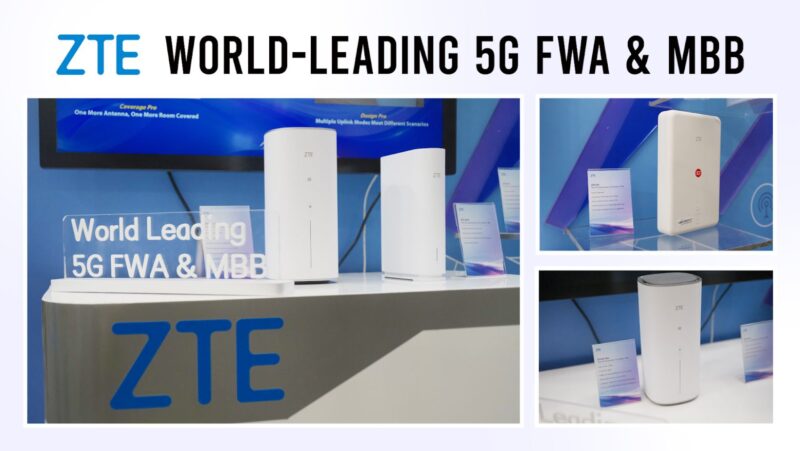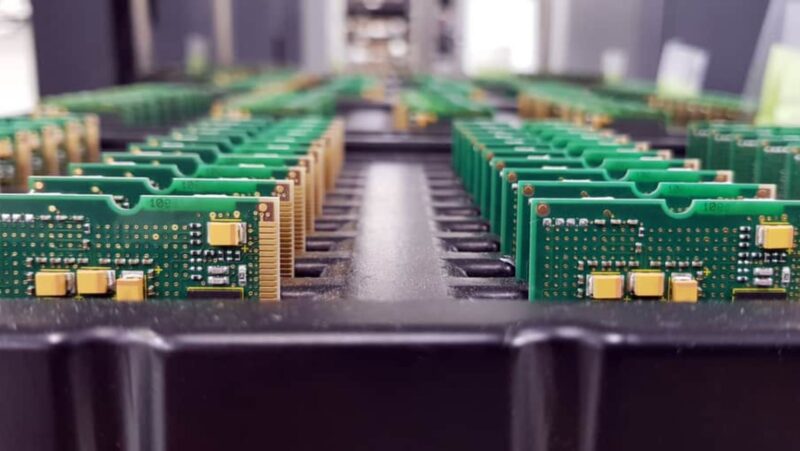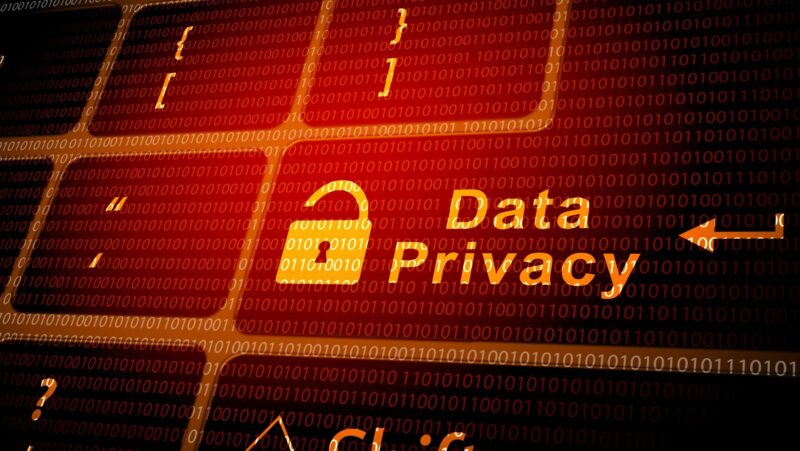
The word “Bluetooth” is named after a 10th-century Danish king, Harald Bluetooth. The technology behind Bluetooth was actually invented in the late 20th century by Jaap Haartsen and Sven Mattisson, two Swedish engineers working for Ericsson. The original intention for Bluetooth was to create a wireless alternative to RS-232 cables, which were commonly used to connect devices like keyboards, mice, and modems. Bluetooth technology was first introduced commercially in 1999 with the release of the Bluetooth 1.0 Specification.
Bluetooth has come a long way since it was first introduced, and it is now an essential part of many modern devices. In this article, we’ll take a look at the history of Bluetooth, how it works, and some of the ways it’s used today.
EARLY BLUETOOTH
The first version of the Bluetooth specification was released in 1999. It included support for data rates up to 1 Mbps and had a range of 10 meters. The first Bluetooth-enabled devices were released in 2000, and by 2003 there were over 50 million Bluetooth-enabled devices on the market.
- Bluetooth 2.0 was released in 2004 and increased the data rate to 3 Mbps. It also introduced an improved security protocol called Enhanced Data Rate (EDR).
- Bluetooth 2.1 was released in 2007 and added support for the Extended Inquiry Response (EIR) feature, which improves device discovery.
- Bluetooth 3.0 was released in 2009 and increased the data rate to 24 Mbps. It also introduced the Single-Chip Radio Architecture (SCRA), which reduces power consumption.
- Bluetooth 4.0 was released in 2010 and added support for Bluetooth Low Energy (BLE), which is designed for low-power devices.
- Bluetooth 4.1 was released in 2013 and added support for the Internet Protocol Support Profile (IPSP), which allows devices to communicate over the internet using Bluetooth.
- Bluetooth 4.2 was released in 2014 and added support for Bluetooth Smart Ready, which allows devices to connect to the internet using Bluetooth.
- Bluetooth 5 was released in 2016 and increased the data rate to 2 Mbps. It also doubled the range and quadrupled the broadcast message capacity.
- Bluetooth 5.1 was released in 2018 and added support for Angle of Arrival (AoA) and Angle of Departure (AoD) features, which improve direction finding.
- Bluetooth 5.2 was released in 2019 and added support for the Extended Advertising feature, which allows for more data to be exchanged during device discovery.
How Bluetooth works
Bluetooth is a wireless technology that uses short-range radio waves to communicate between devices. Bluetooth-enabled devices can connect to each other without the need for wires or cables.
Bluetooth uses a technology called frequency-hopping spread spectrum (FHSS) to transmit data. FHSS is a type of frequency-division multiple access (FDMA) that rapidly switches the transmission frequency to reduce interference from other devices.
Bluetooth devices are classified into three categories: Class 1 devices have a range of 100 meters and can transmit up to 100 mW of power. Class 2 devices have a range of 10 meters and can transmit up to 2.5 mW of power. Class 3 devices have a range of 1 meter and can transmit up to 1 mW of power.
How to disconnect bluetooth headphones
To disconnect Bluetooth headphones from your phone, open the Settings app and tap “Bluetooth.” Tap the name of the headphones in the “Devices” list, then tap “Disconnect.” If you’re having trouble disconnecting, try turning off the headphones or forgetting them in the Bluetooth settings.









